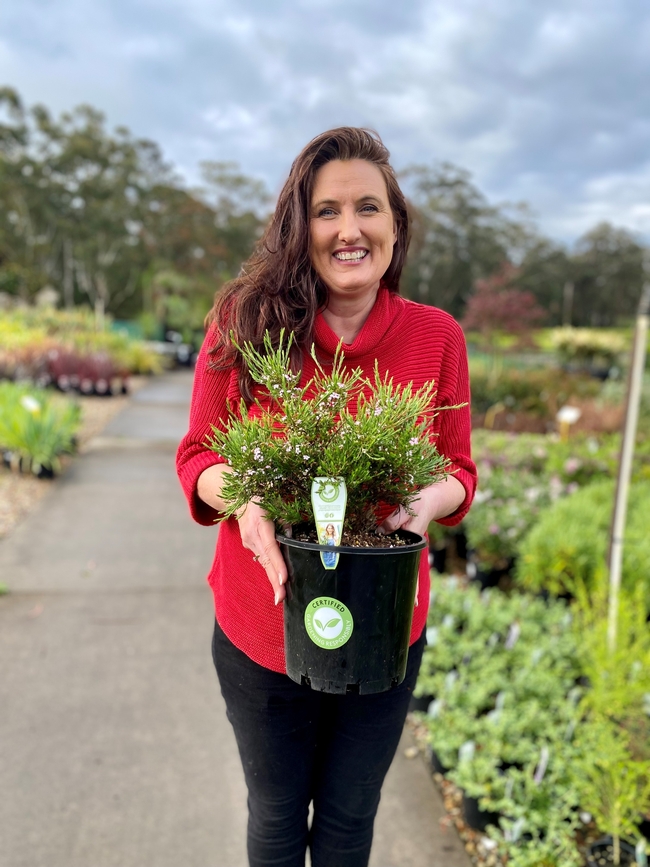It's always interesting to see how people in other parts of the world deal with environmental issues similar to ours. An environmental issue of great concern to me and many Californians are invasive weeds. Here and worldwide, many invasive weeds have horticultural origins. In California, PlantRight (https://plantright.org/) works with California's nursery industry to keep invasive ornamentals off our landscapes and to promote the sale of non-invasive alternatives. In Australia, the Gardening Responsibly initiative (https://www.gardeningresponsibly.org.au/) is similarly assessing ornamental plants in terms of invasive risk and recommending low risk plants to gardeners. I asked Aimee Freimanis (Program Manager) and Hillary Cherry from Gardening Responsibly to give us some information on their approach. Here it is:

It is a science-based gardening initiative that aims to help 11 million Australians create healthy, beautiful gardens that reduce the risk of landscape-scale weed invasions impacting biodiversity. It uses a market-driven, collaborative and inclusive approach to help transform the way small to medium businesses operate in the horticultural sector.
The initiative includes a “certified gardening responsibly” eco-label which provides a clear visual identity to empower consumers to easily select products that are better for the environment, while giving businesses a point of difference that allows them to proudly display quality environmentally-sustainable products to increase business profitability.
Plants are determined low-risk by a ground-breaking internationally recognised scientific risk-assessment tool developed by Macquarie University. The on-line platform includes an accessible research portal to help to grow everyone's understanding of plant traits that pose invasion risk. It is open-source to allow experts to input information, meaning more plants can be assessed and certified as low-risk of impacting natural landscapes.
Comprehensive audience segmentation and behavioural economics underpinned the communications and marketing strategy, enabling the initiative to drive lasting change in the ornamental plant market. The campaign uses social media influencers and content creators, paid social and earned media coverage to reach over 11 million Australians. It is also leveraging the Gardening Responsibly community network by providing community and business marketing kits to exponentially amplify its reach. Already more than 23,000 small and medium greenlife businesses have access to the kit, which will also help them engage their stakeholders and support their business growth and market differentiation.
The initiative has established new networks, collaborative partnerships, and ongoing relationships that bridge connections between environmental conservation, biosecurity regulation, commercial trade, and the general public. It directly supports progress towards the United Nation's (UN's) Sustainable Development Goals 8, 9, 12, 13, 15, and 17.
Ultimately the initiative will have a lasting impact on Australia's biodiversity and natural landscapes. It has created a win-win-win scenario that helps businesses transform and ‘do well by doing good' (competitive advantage by growing/selling low-risk plants) and enables consumers to have beautiful gardens while also supporting healthier landscapes into the future.
Gardening Responsibly is set to transform NSW's horticulture and greenlife industries and the way Australians choose plants. The next step for the initiative will be to address the issue on a national scale.”